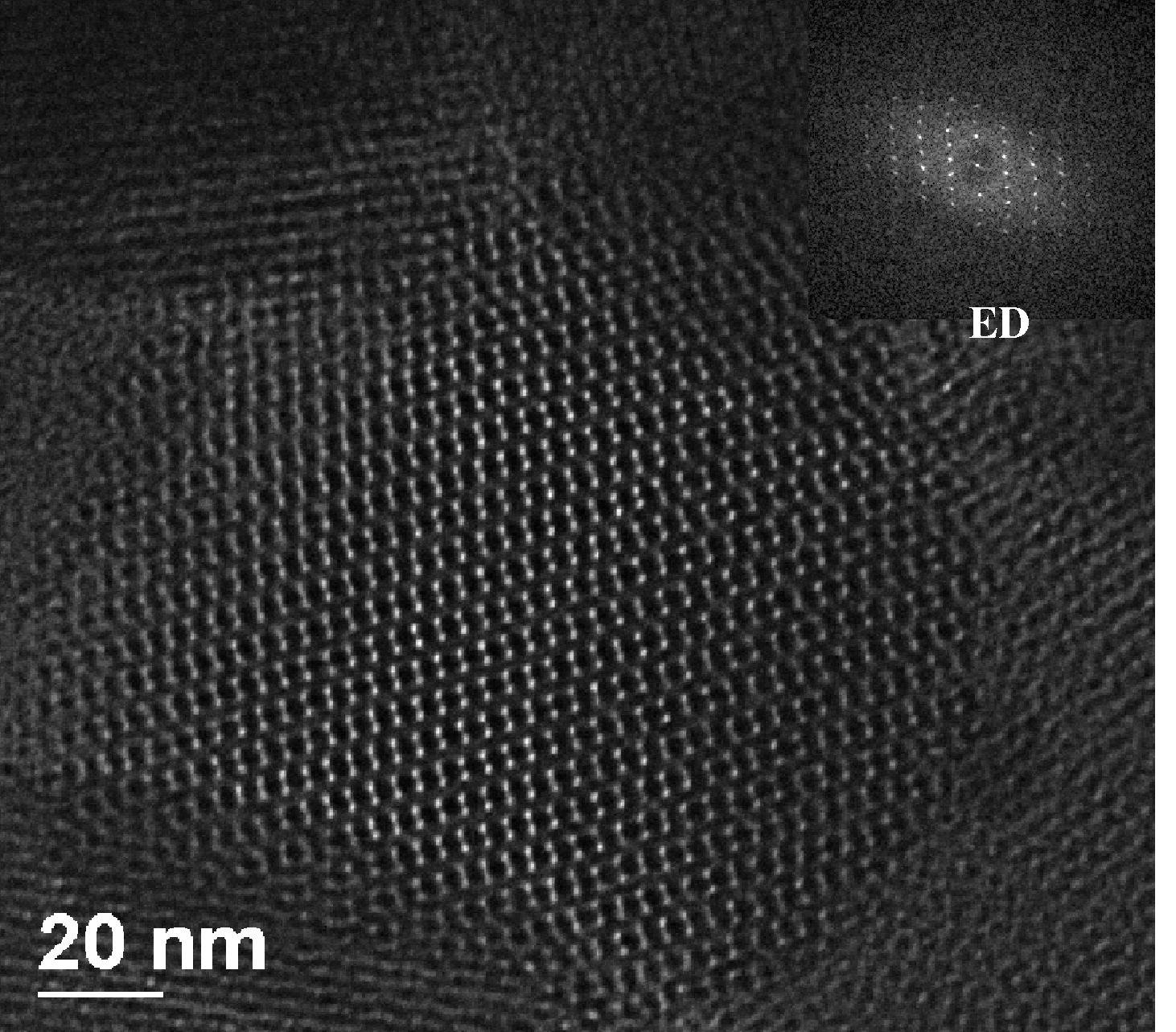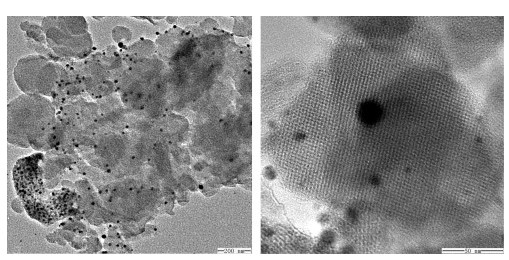Mesoporous silicas(MPSs) was obtained by many methods, among them mesoporous silica with hexagonal pore structure (i.e., MCM-41) was mainly discussed in studies, while the mesoporous silica with cubic pore structure (i.e., MCM-48) was rarely researched.
The highly symmetrical matrix of MCM-48 provides a more promising geometry compared to MCM-41. Since the complexity of gyroidal structure, the size of MCM-48 with controlled morphologies (for instance, large crystal, uniform sphere, faceted particle) most are in the range of micrometer regime except the nanosize MCM-48 obtained under a mixed surfactant system.
In order to understand this mixed surfactant assembles process well and aiming to make the controlled morphologies/sizes MPSs into practical application, researchers with Institute of Process Engineering (IPE) introduced a Fe salt into this synthesis solution and successfully prepared regular spherical Fe–MCM-48 particles with the submicron size.
In their experiments, the gyroid like structure of MCM-48 was first captured by the actual TEM(Fig. 1.), and it was corresponding well to the previous simulated gyroid model. A tentative mechanism of homogenization cooperative process involving the Helmholtz double electrical layer was purposed. After the loading of Ag, the obtained Ag/Fe–MCM-48 catalyst showed the good catalytic performance for the catalytic combustion of benzene.
Authors are grateful for the support of National Science Foundation for Distinguished Young Scholars of China, the Open Foundation of the State Key Laboratory of Comprehensive Utilization of Low-Grade Refractory Gold Ores, andThe Major Program of the National Natural Science Foundation of China.
The paper was published in Journal of Colloid and Interface Science.

Fig. 1. Actual TEM image of the gyroid like structure of Ia3d space group

Fig. 2 TEM images of Ag/Fe–MCM-48. You can see that black dots (Ag) distribute into/among the Fe–MCM-48 particles (Left image) and the size of Ag is below 20 nm (Right image).